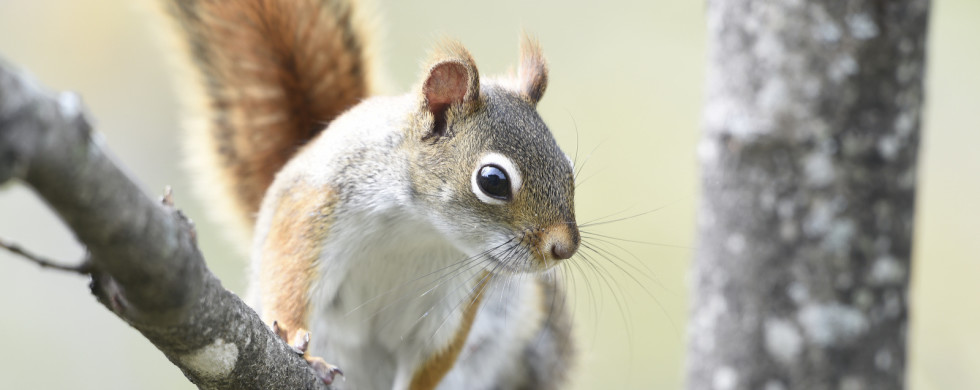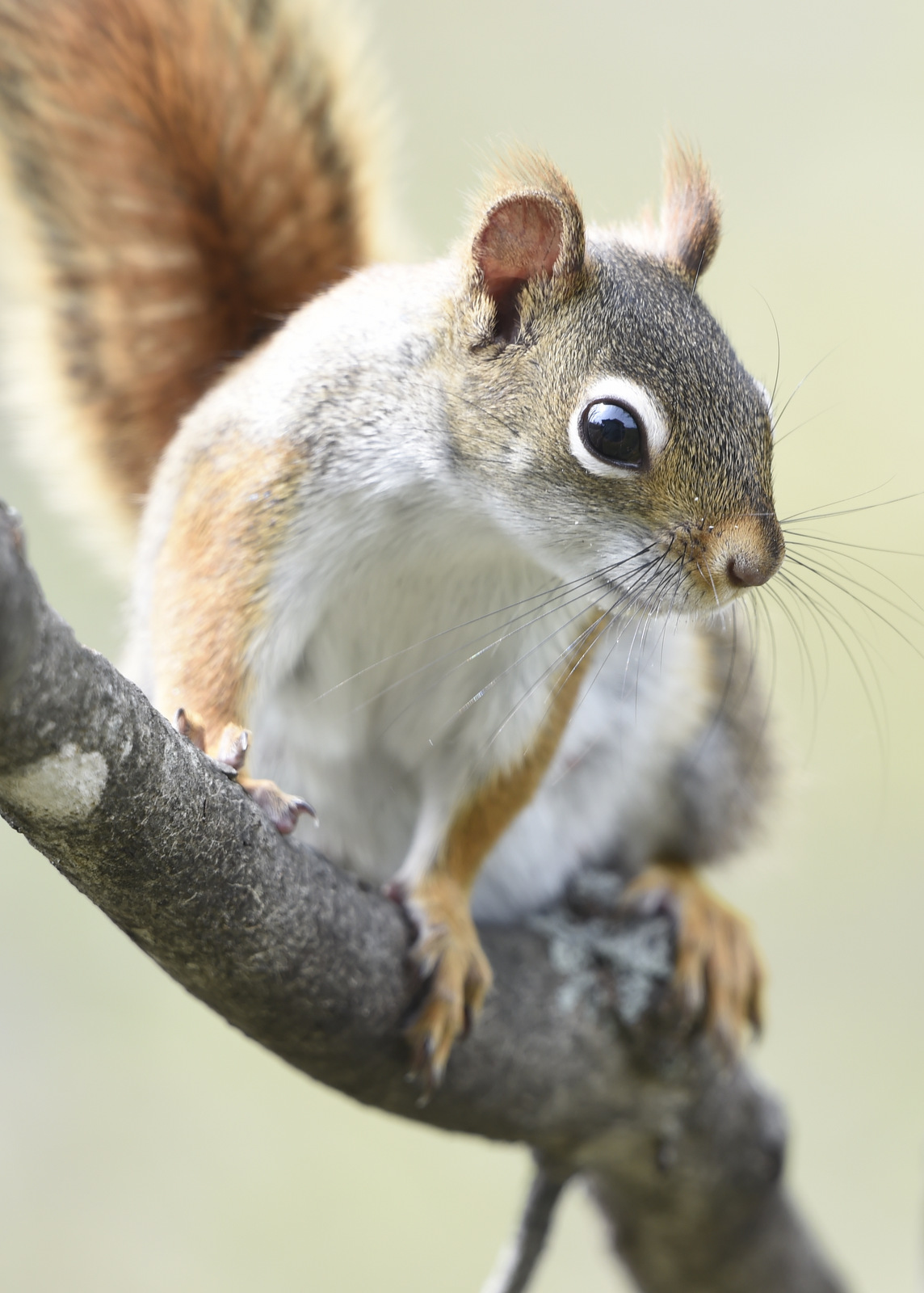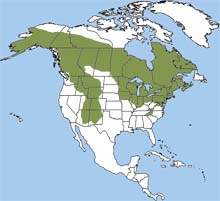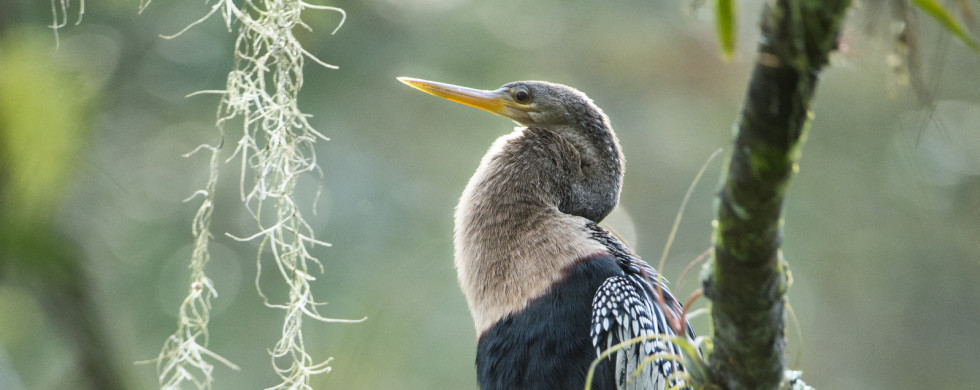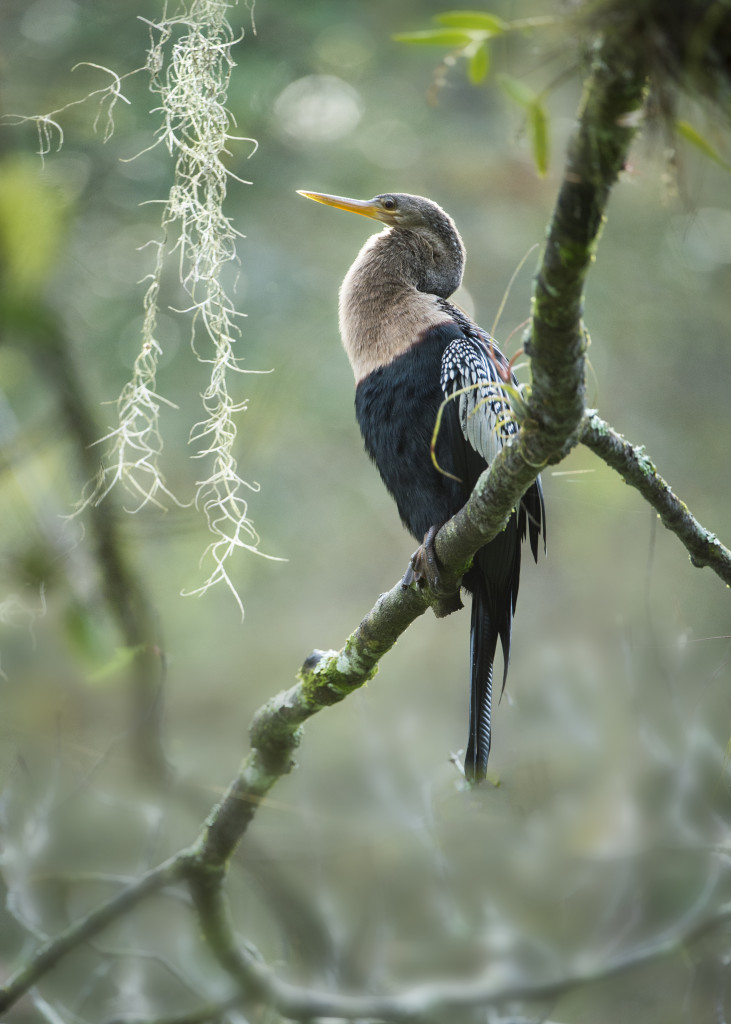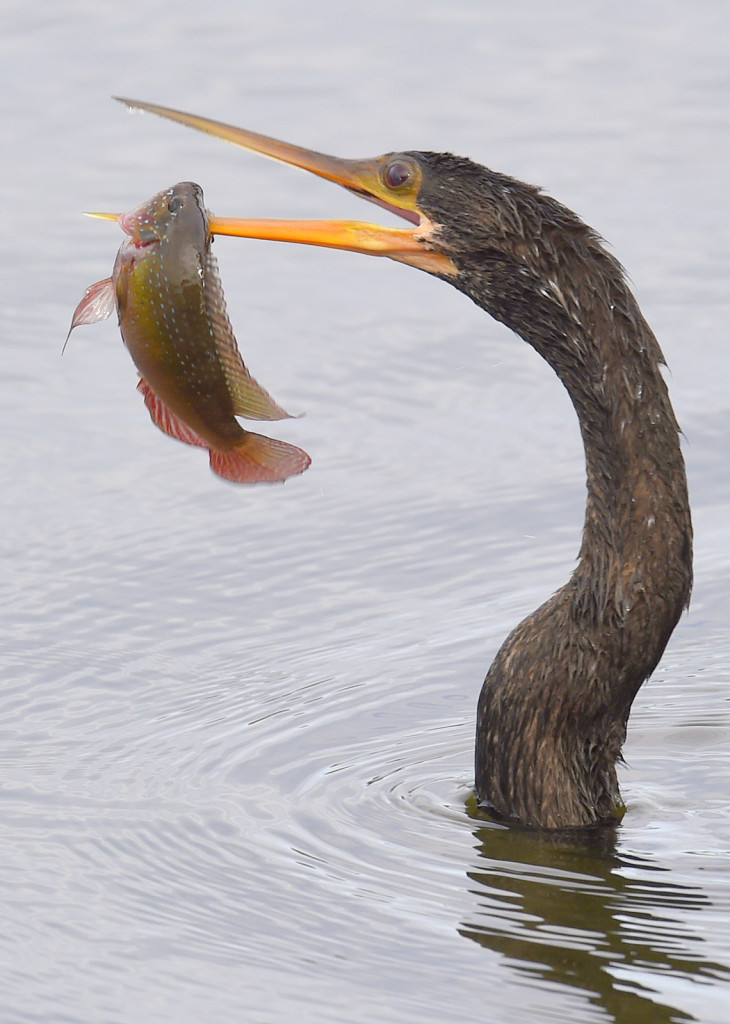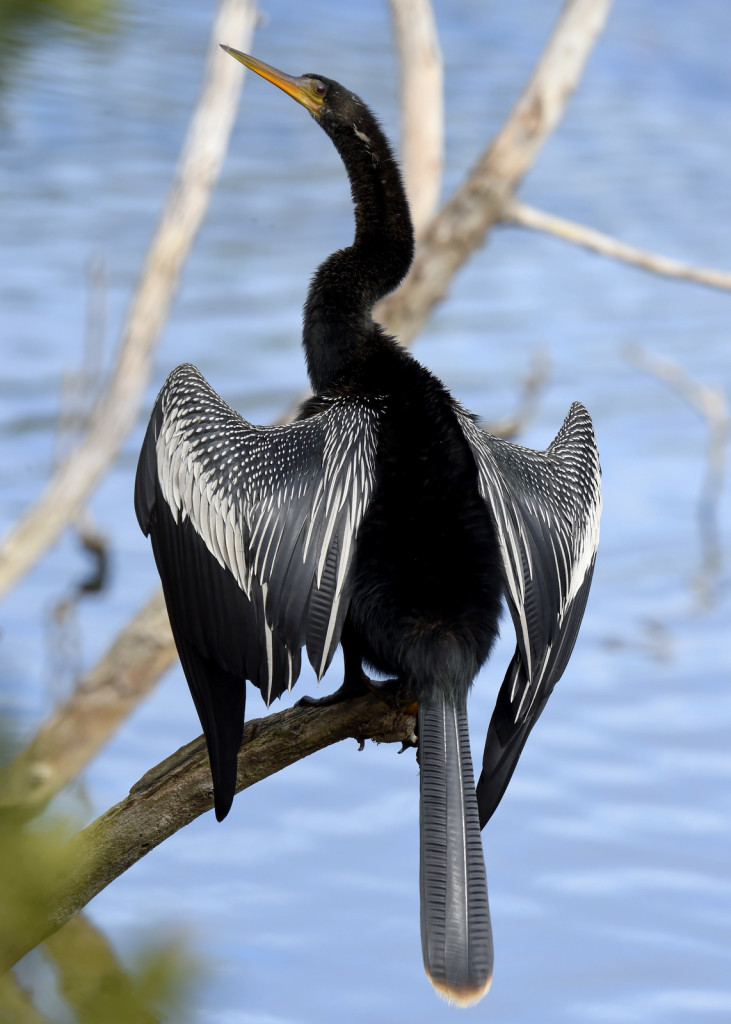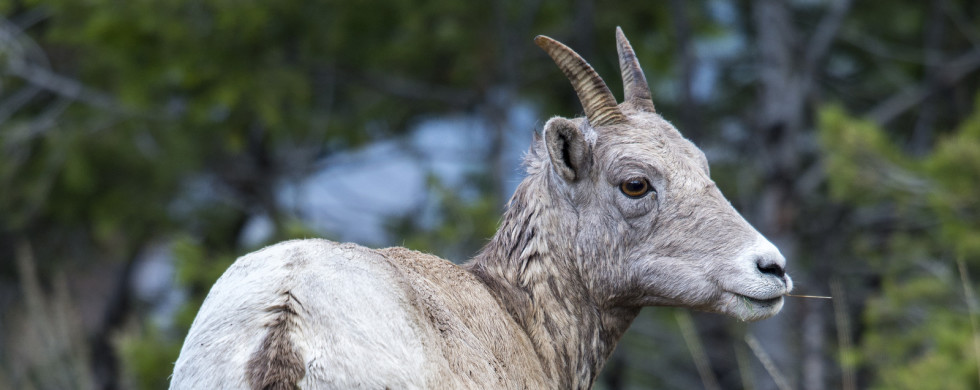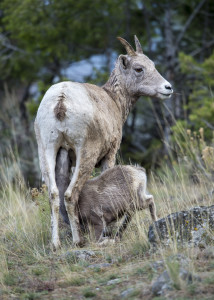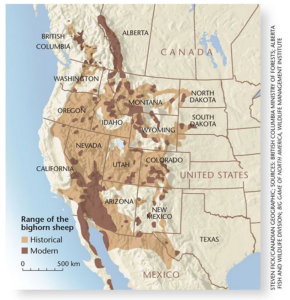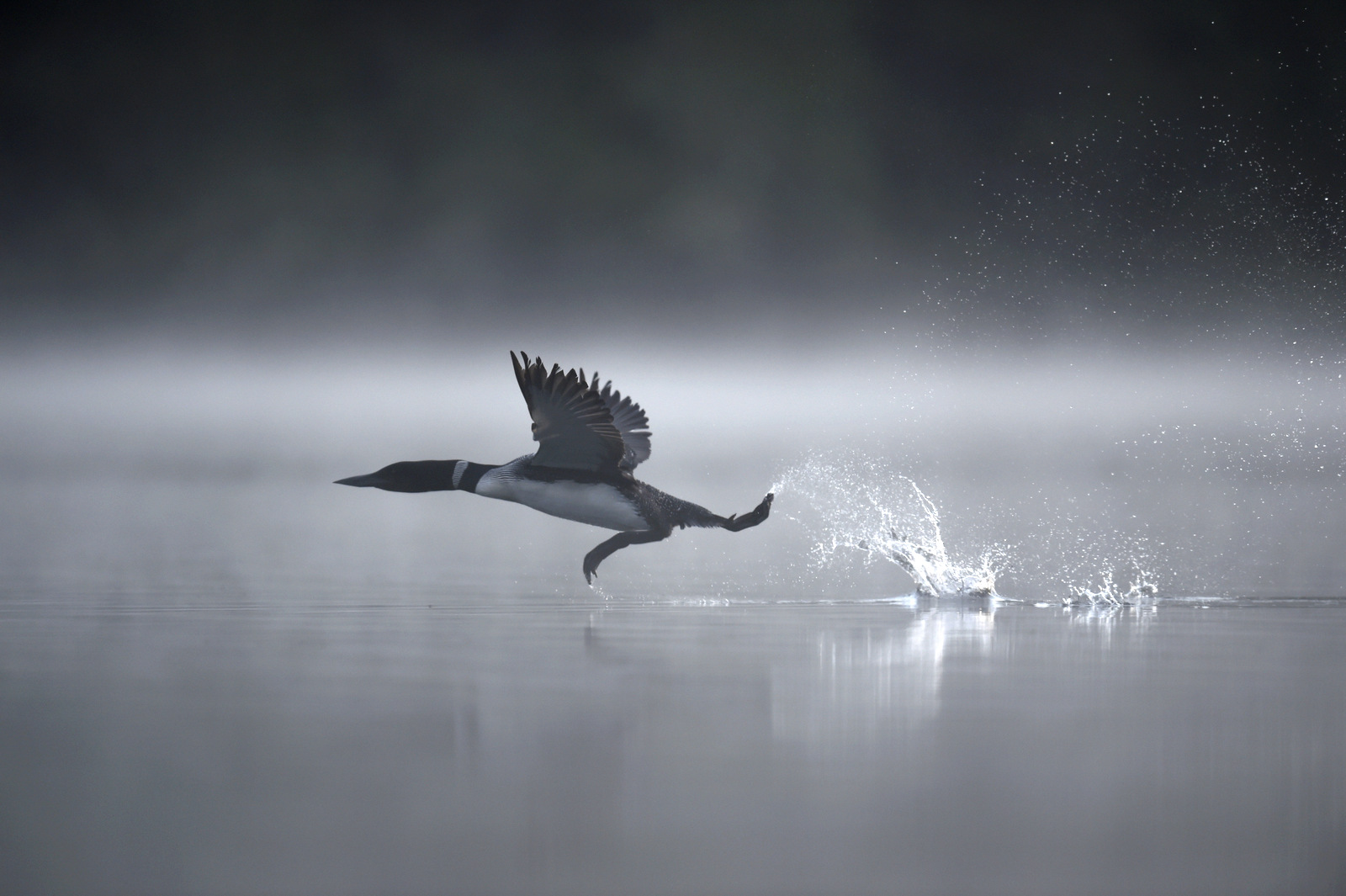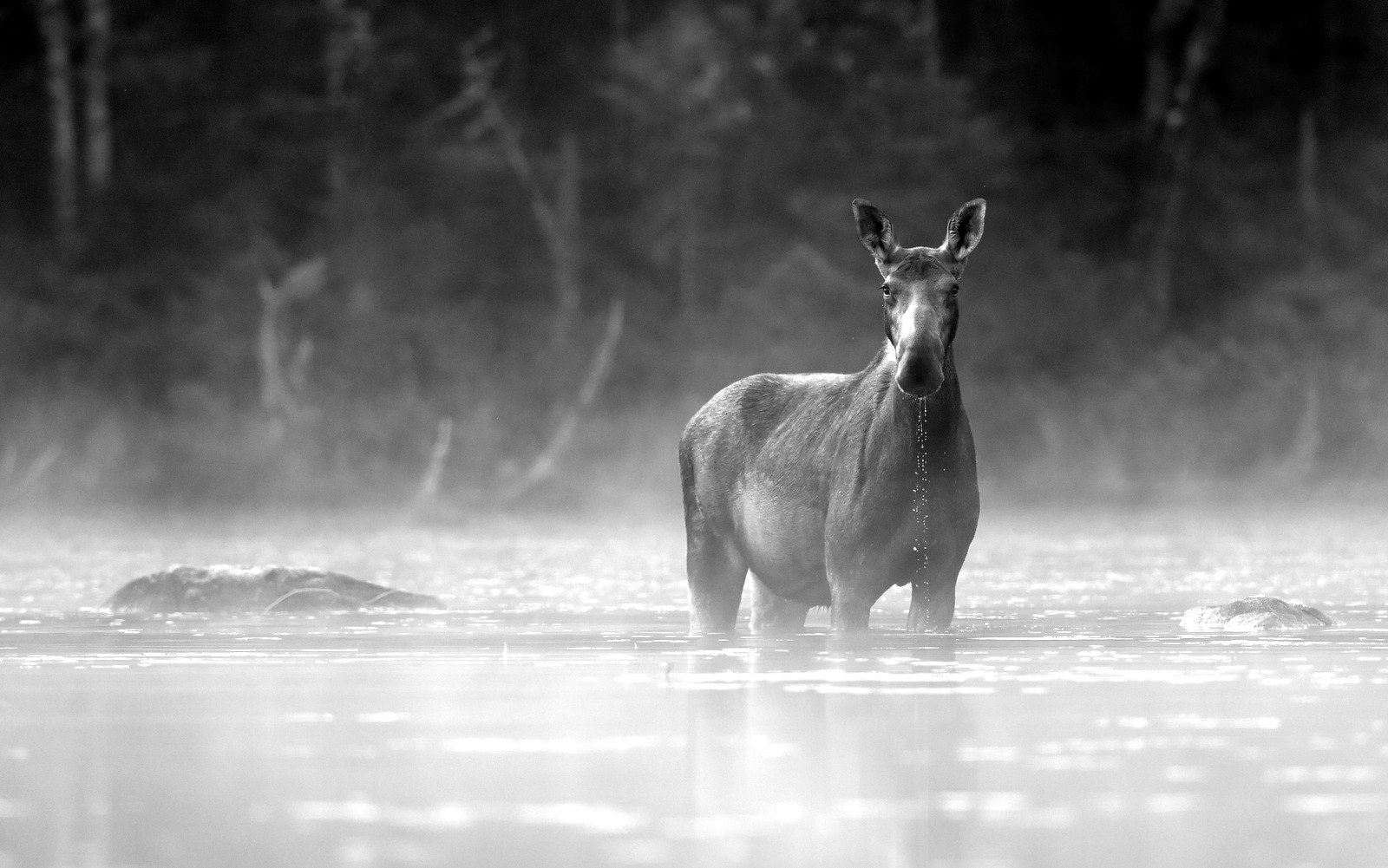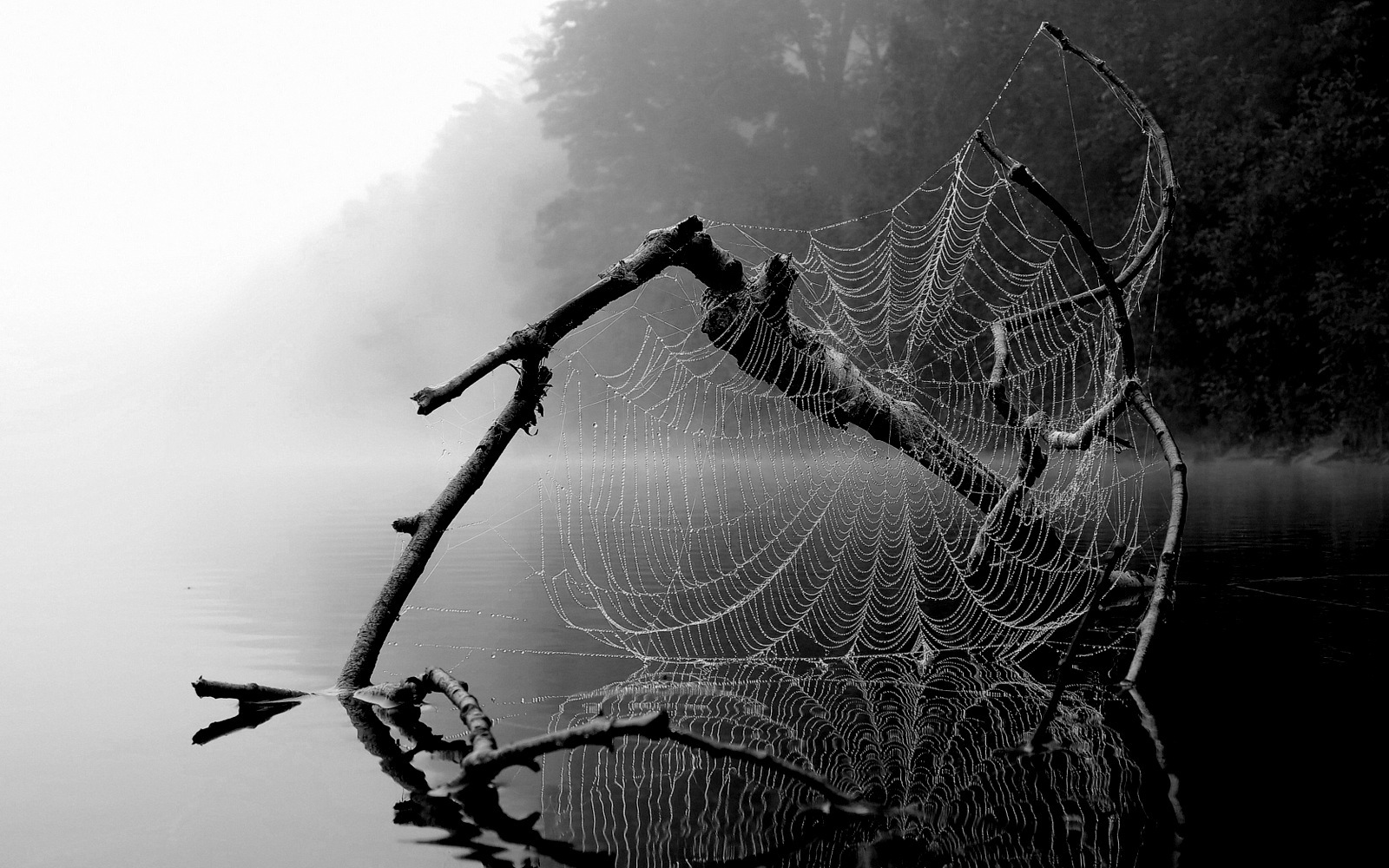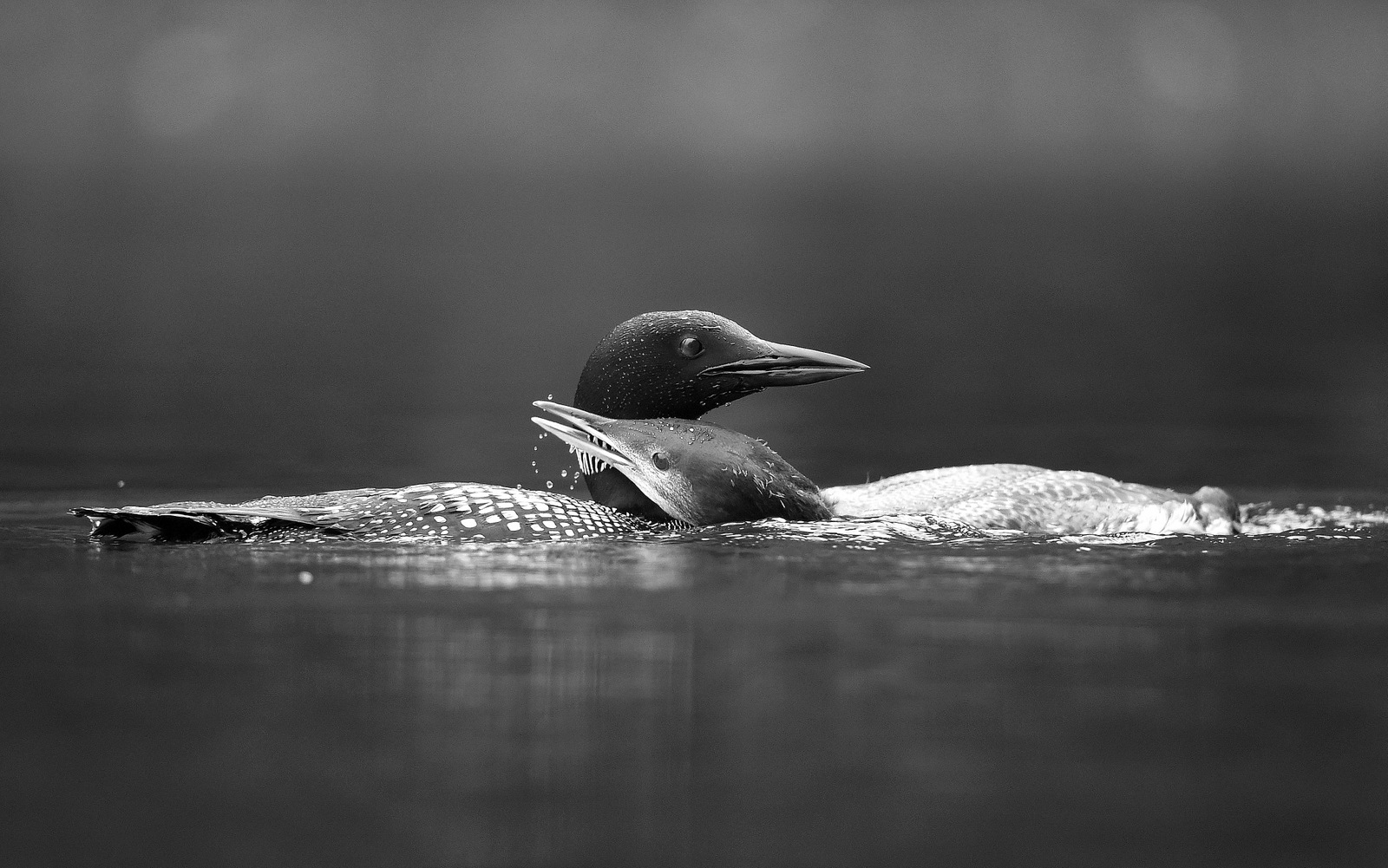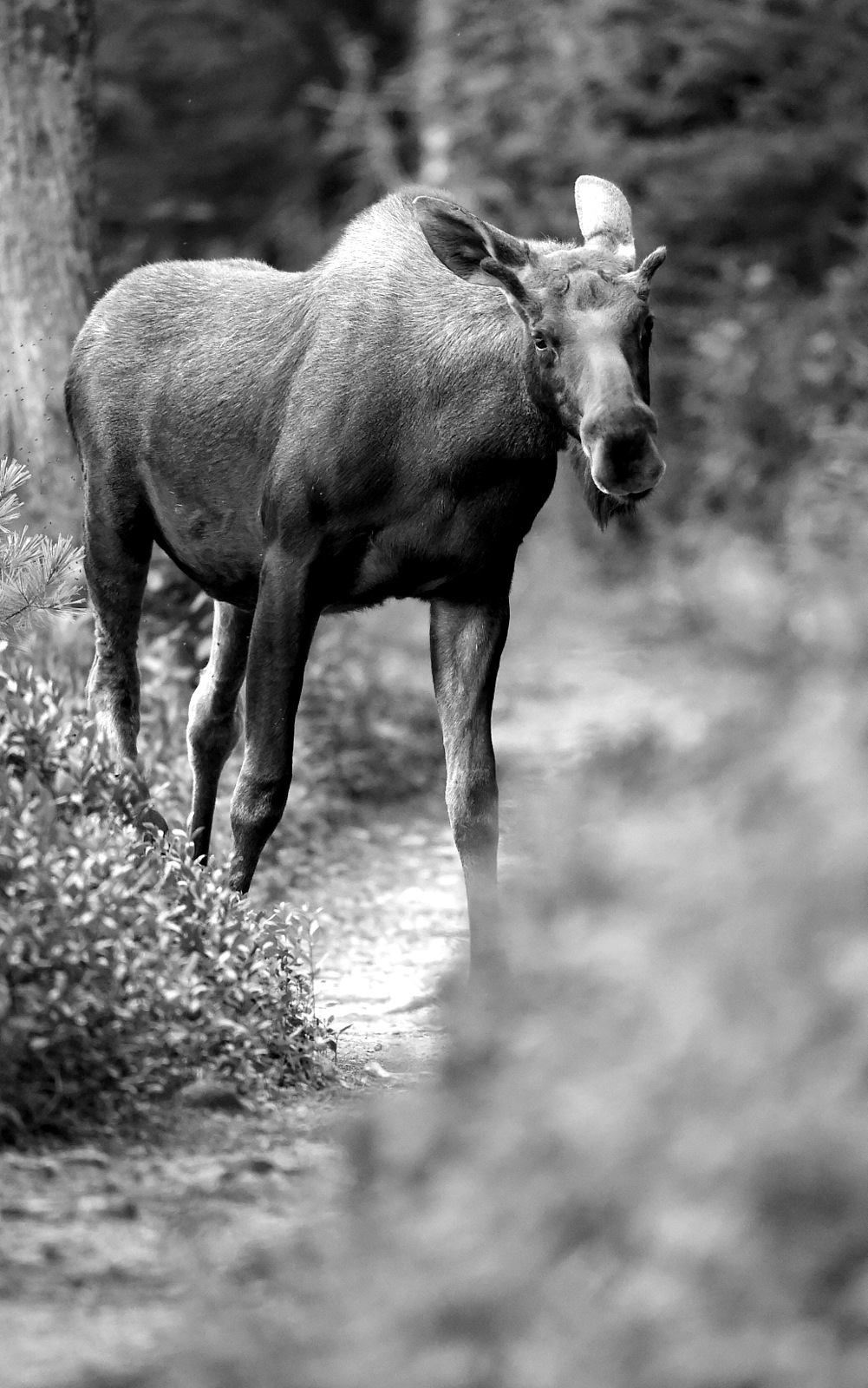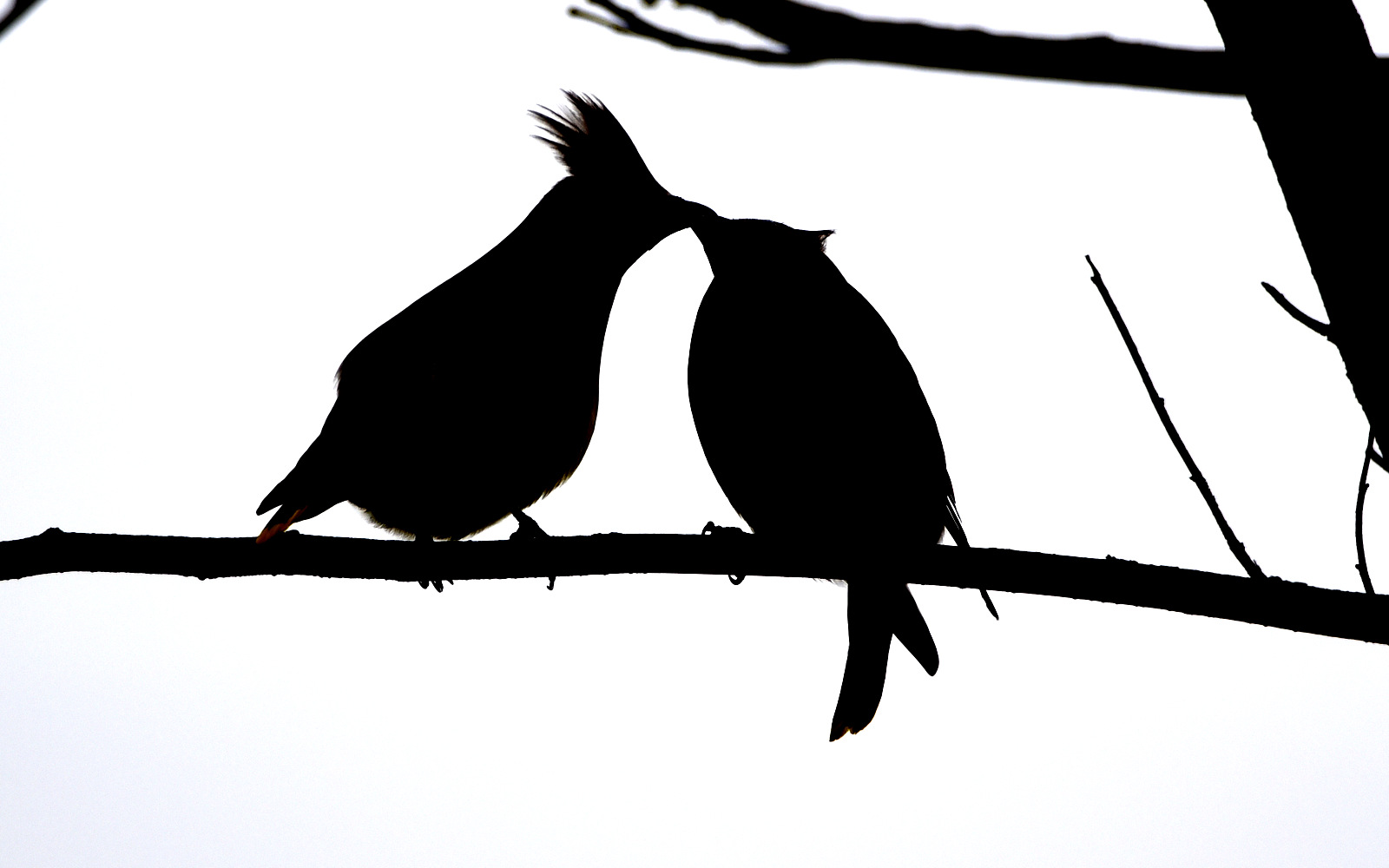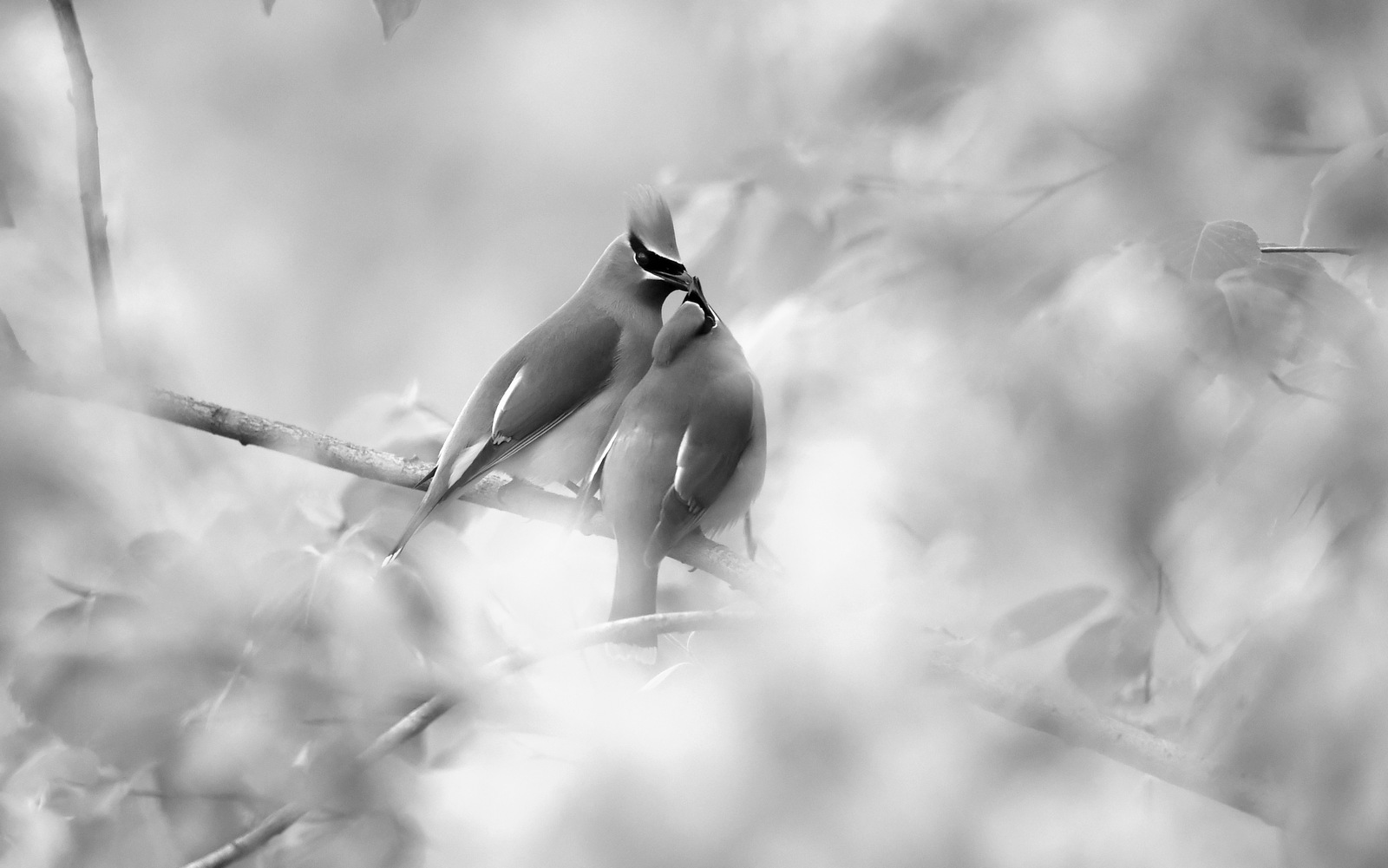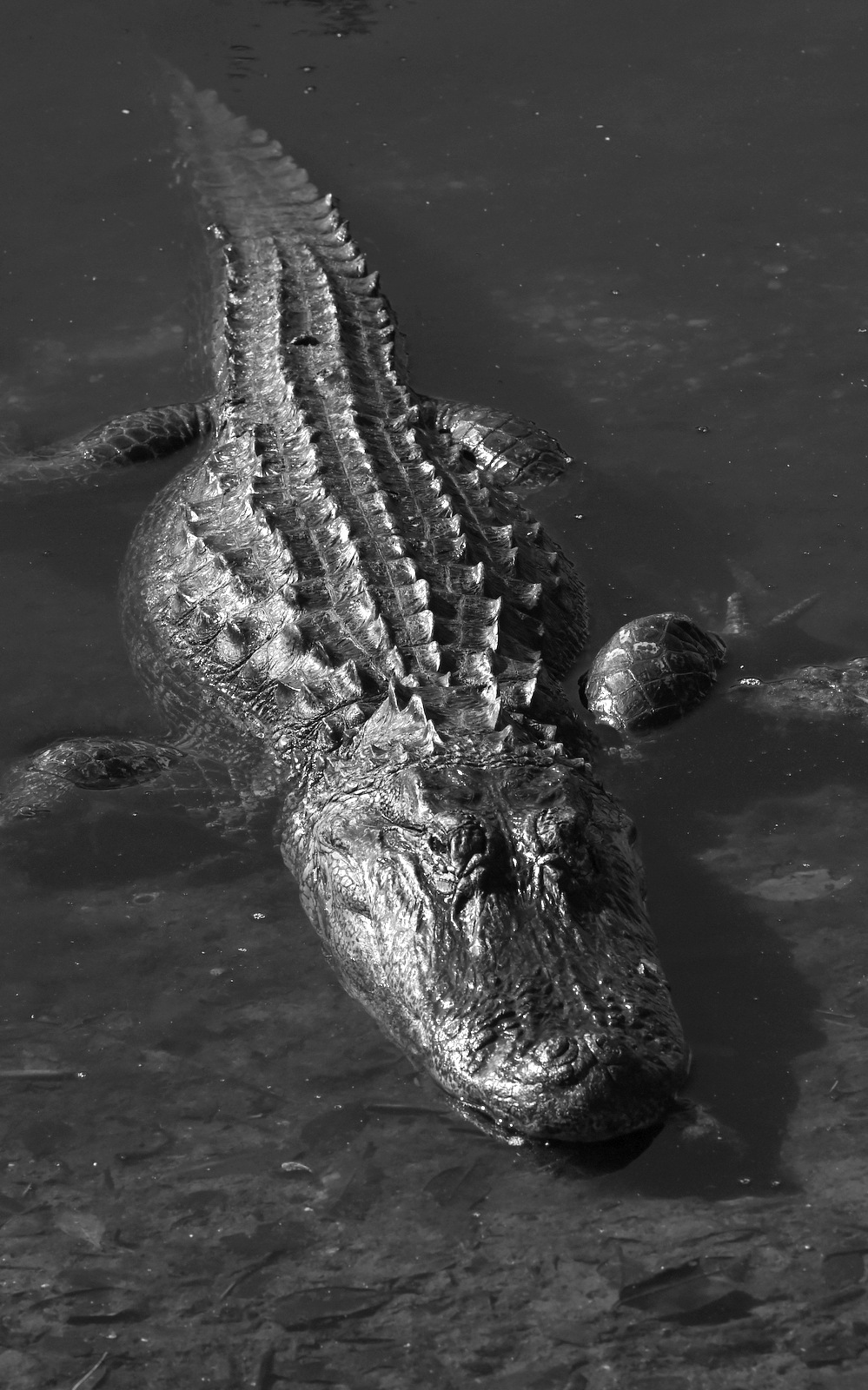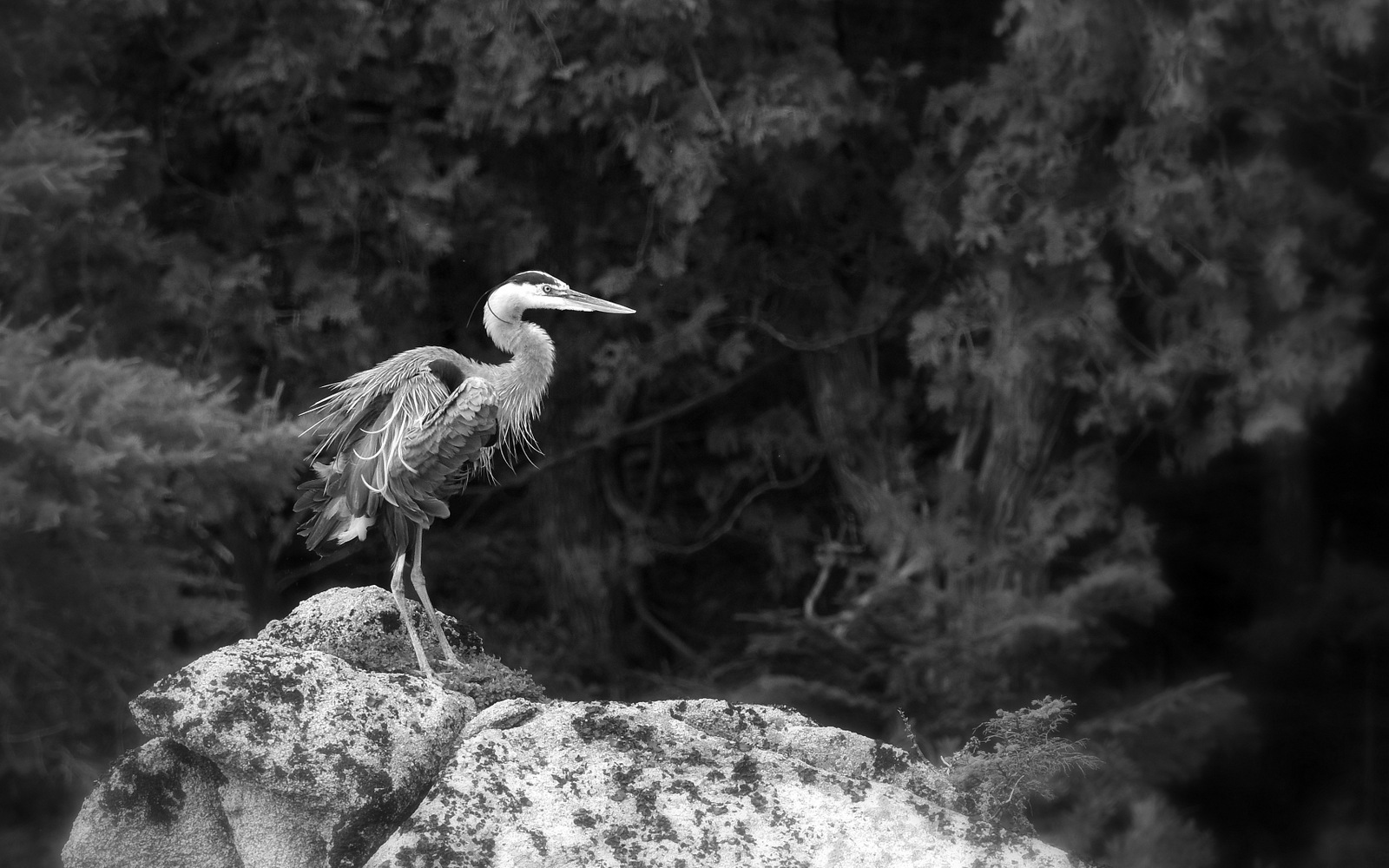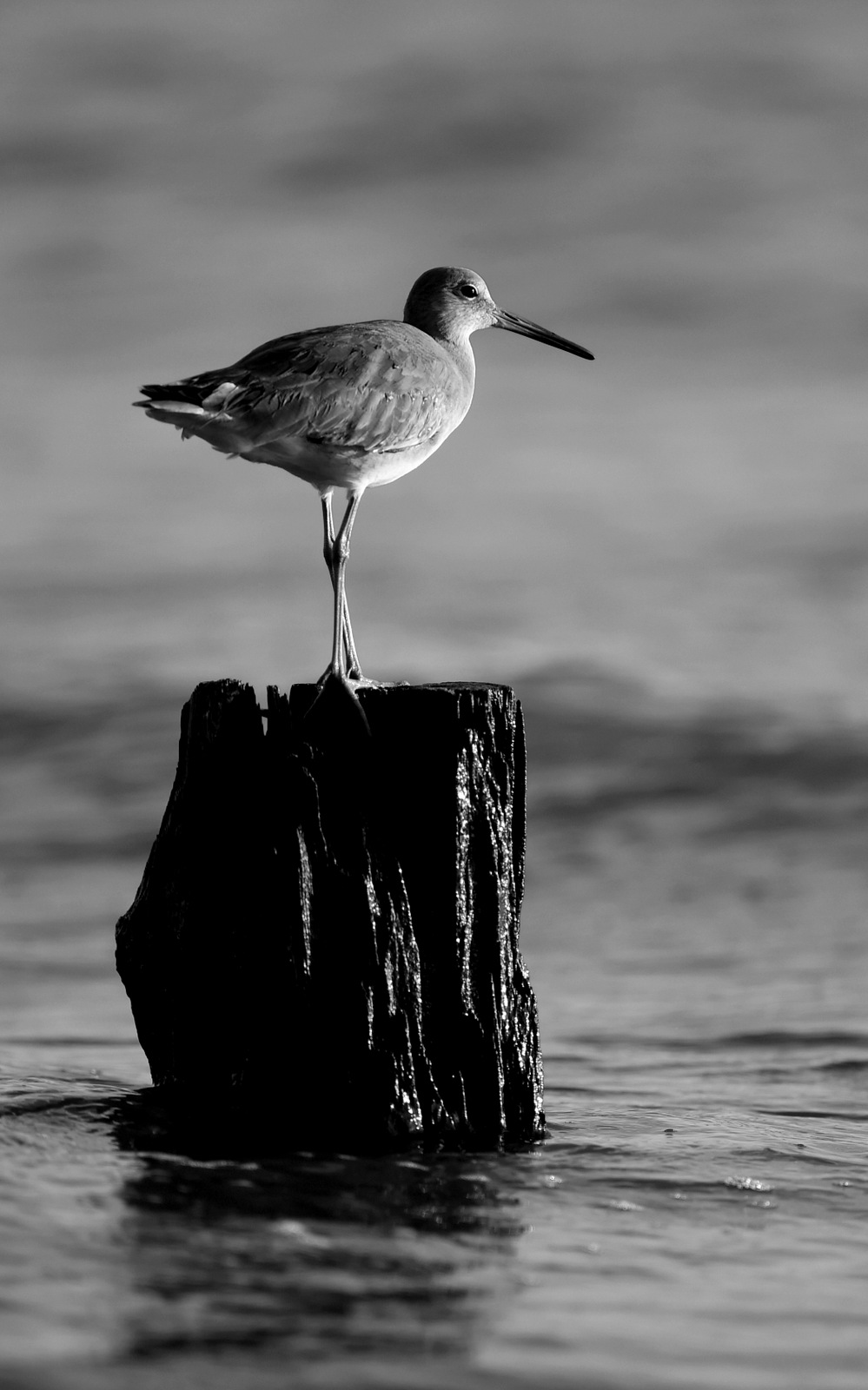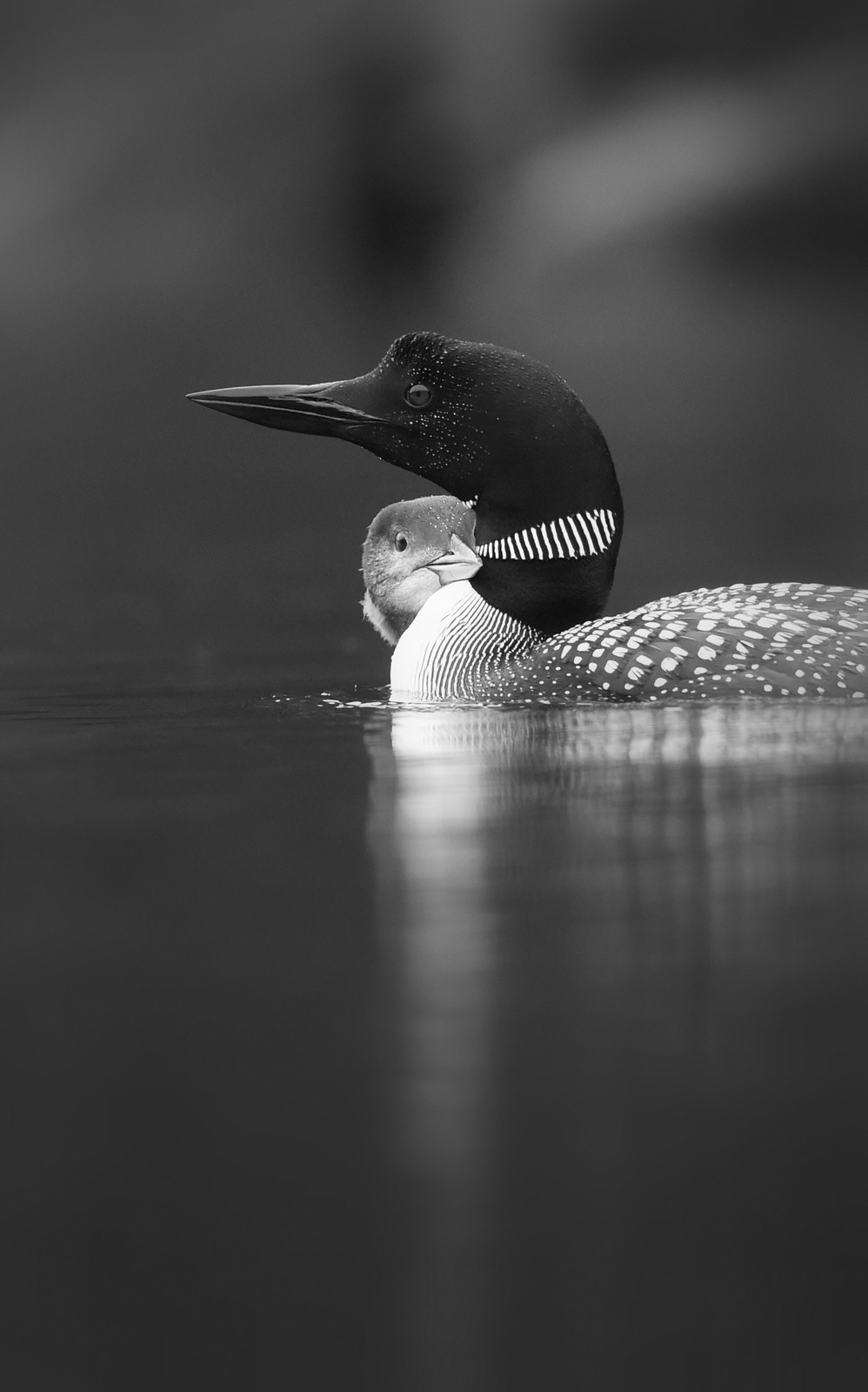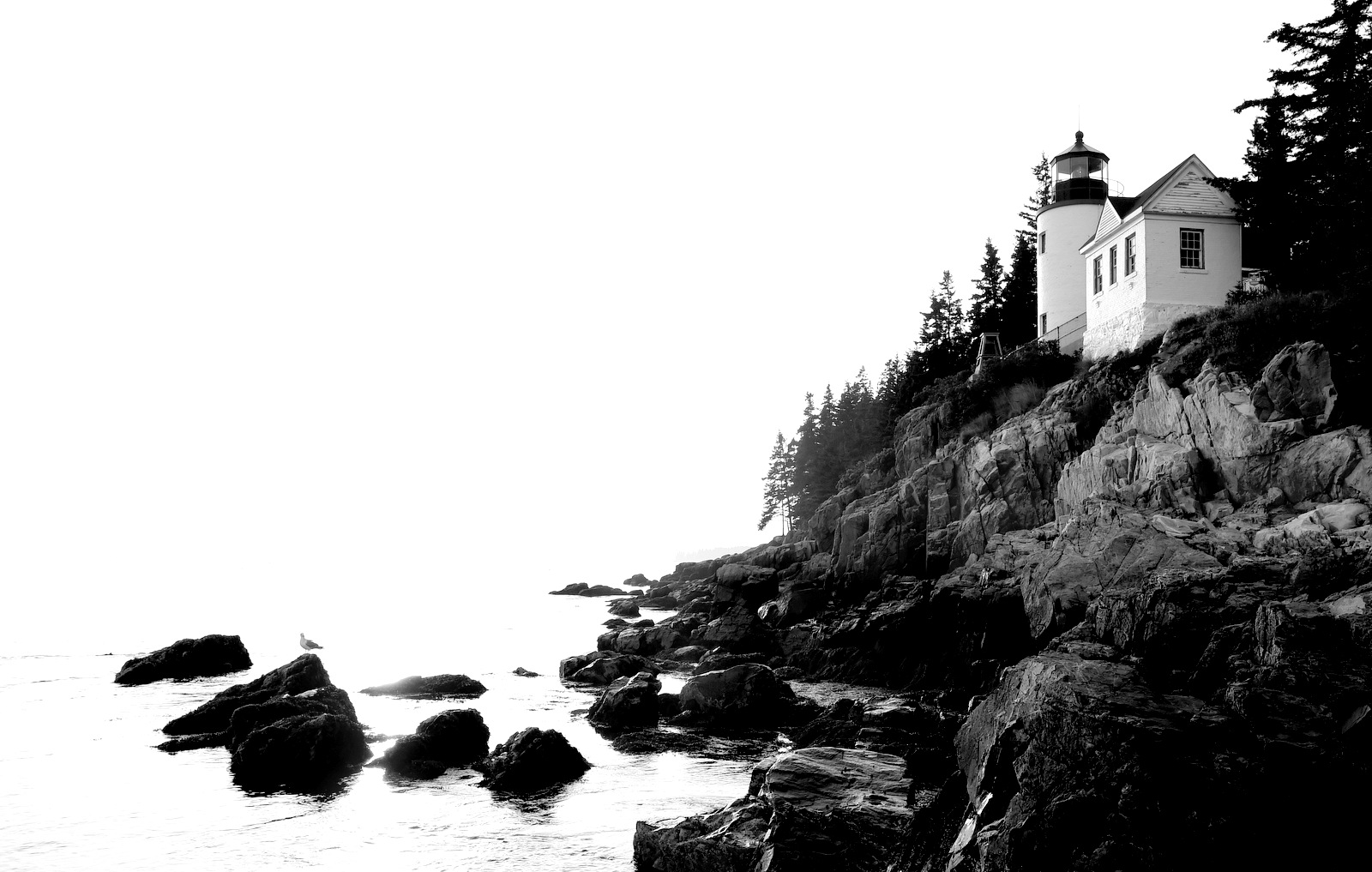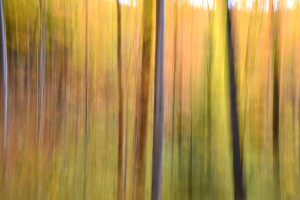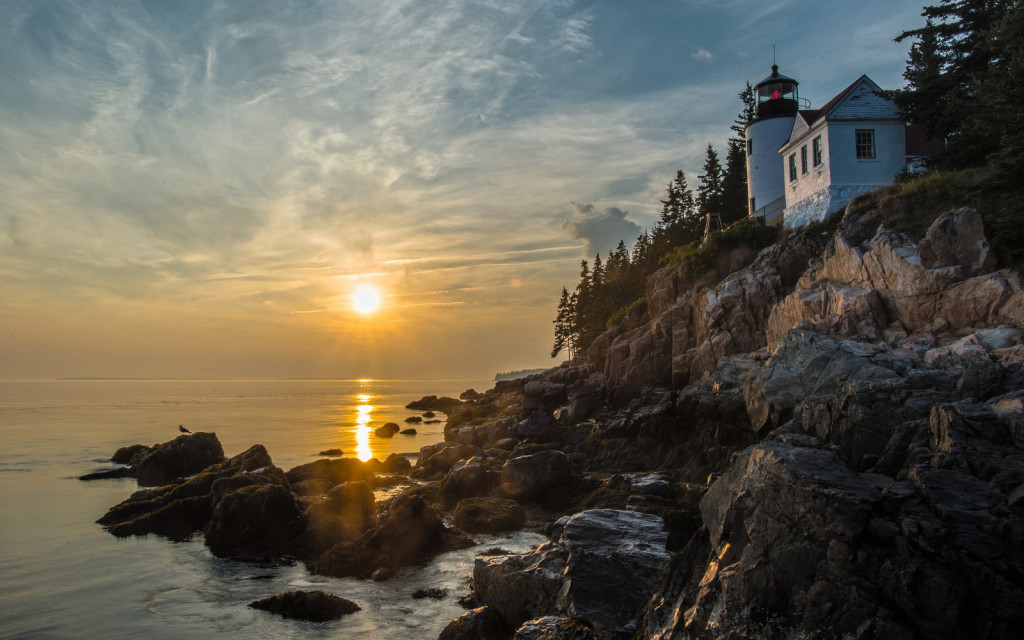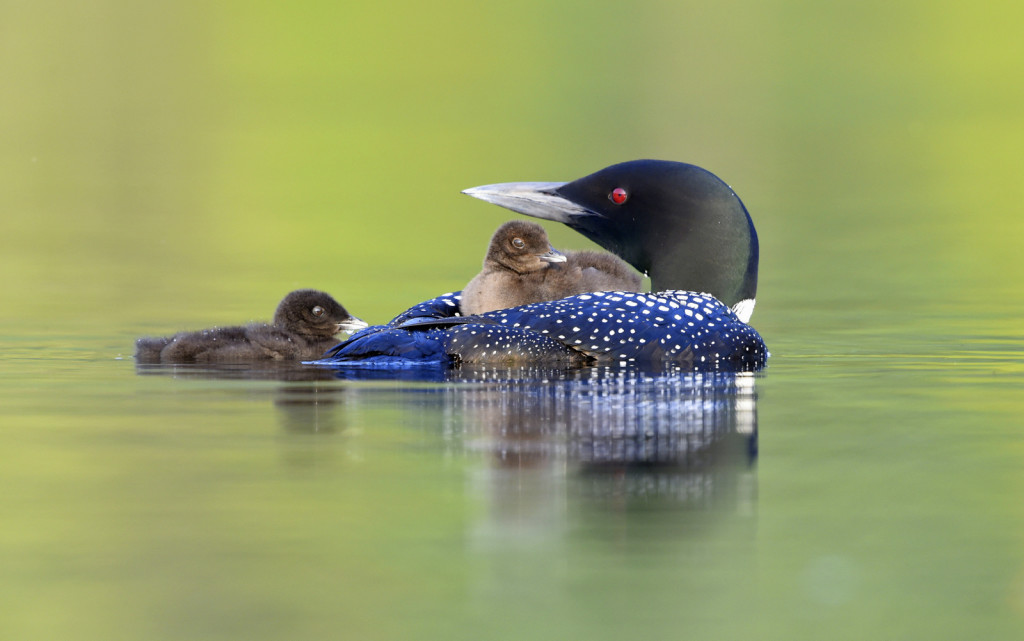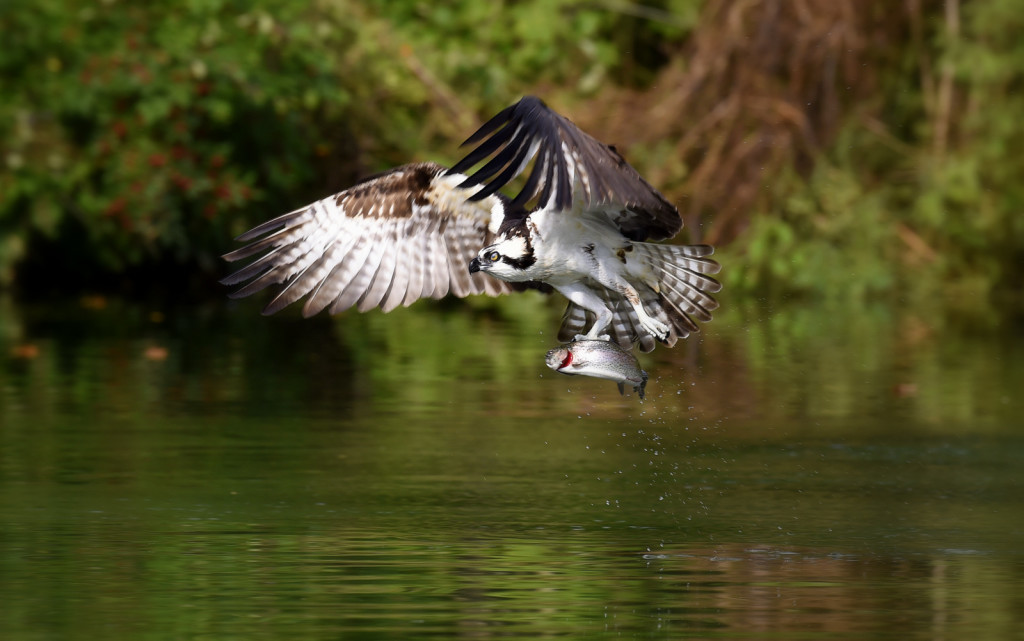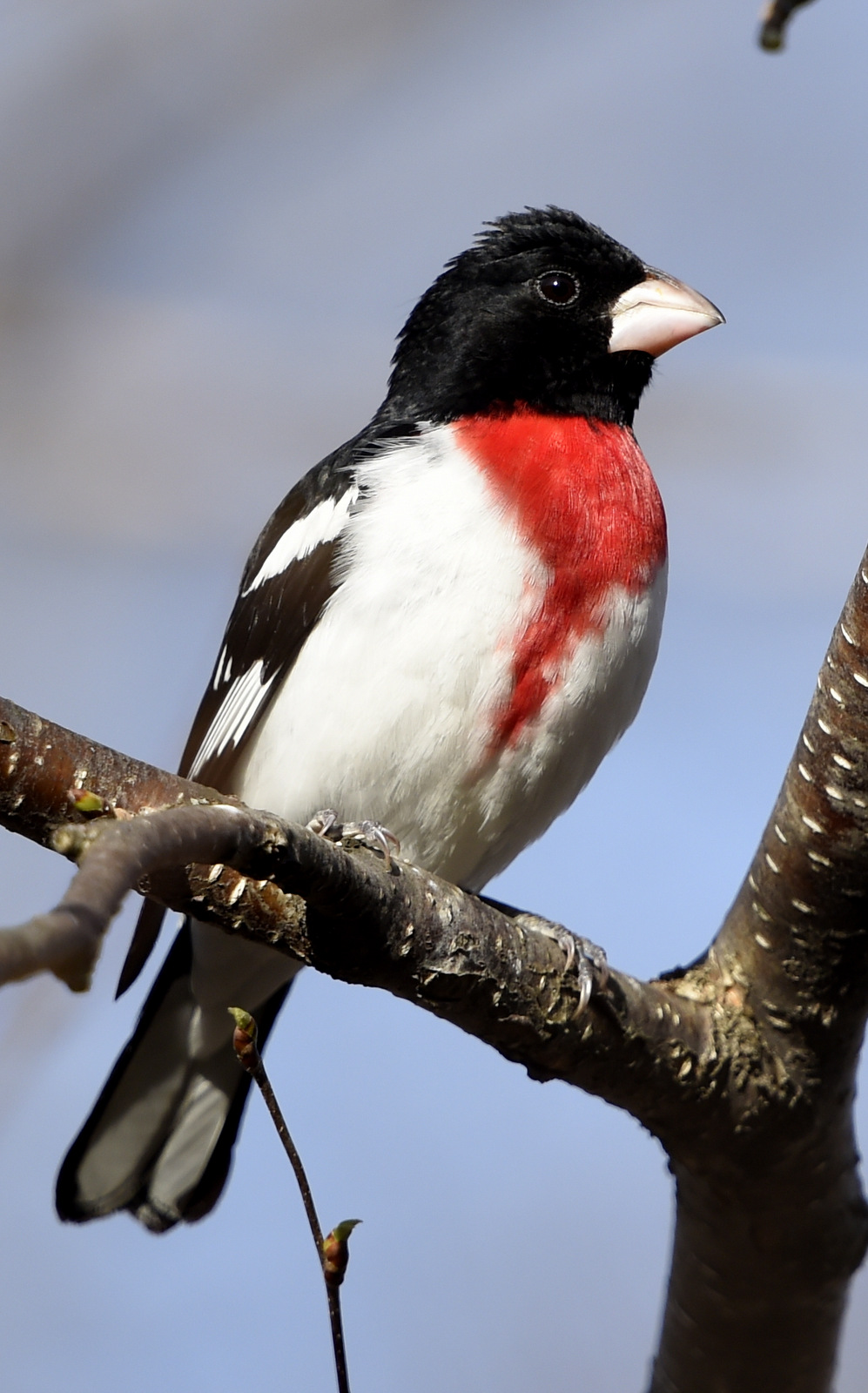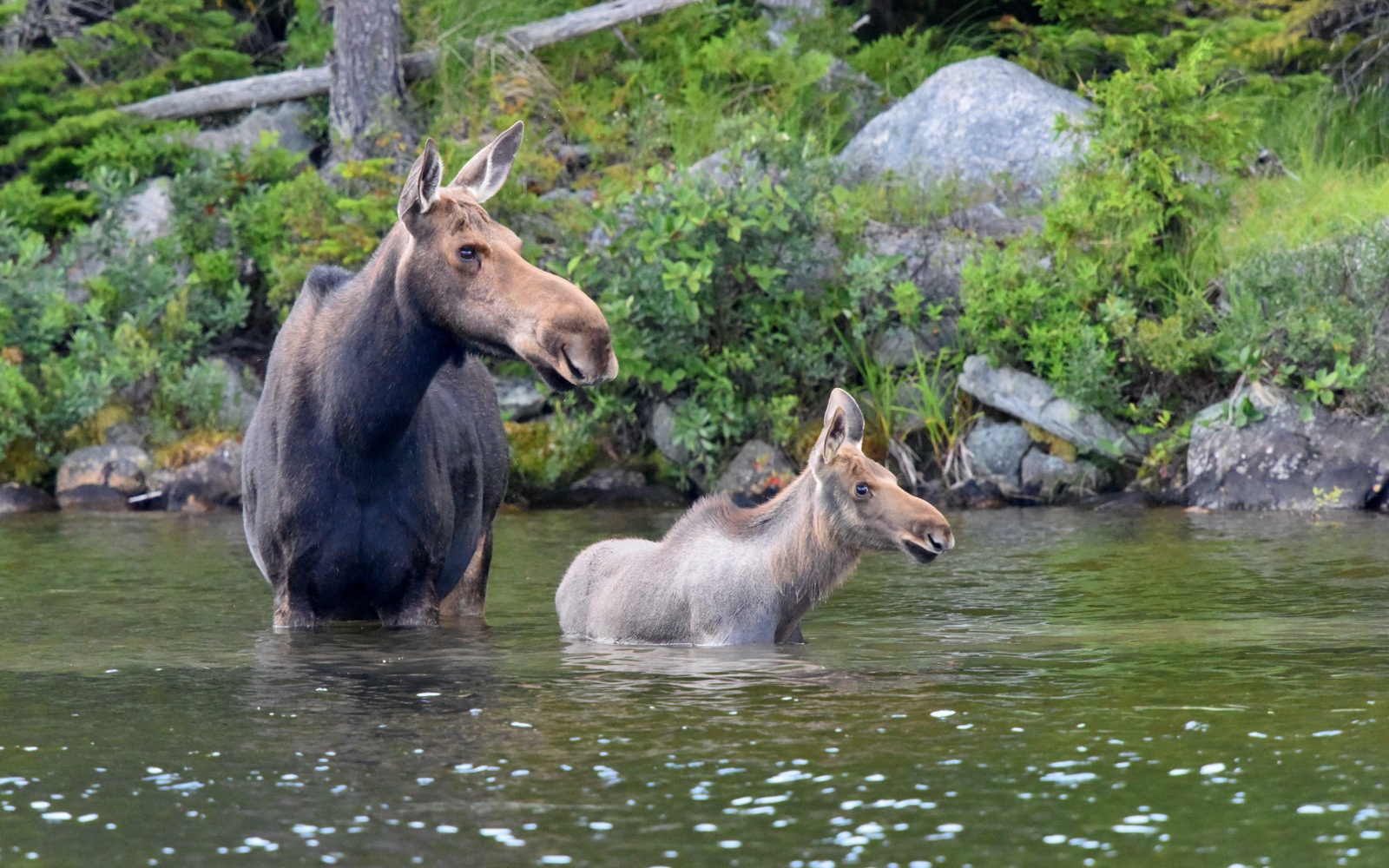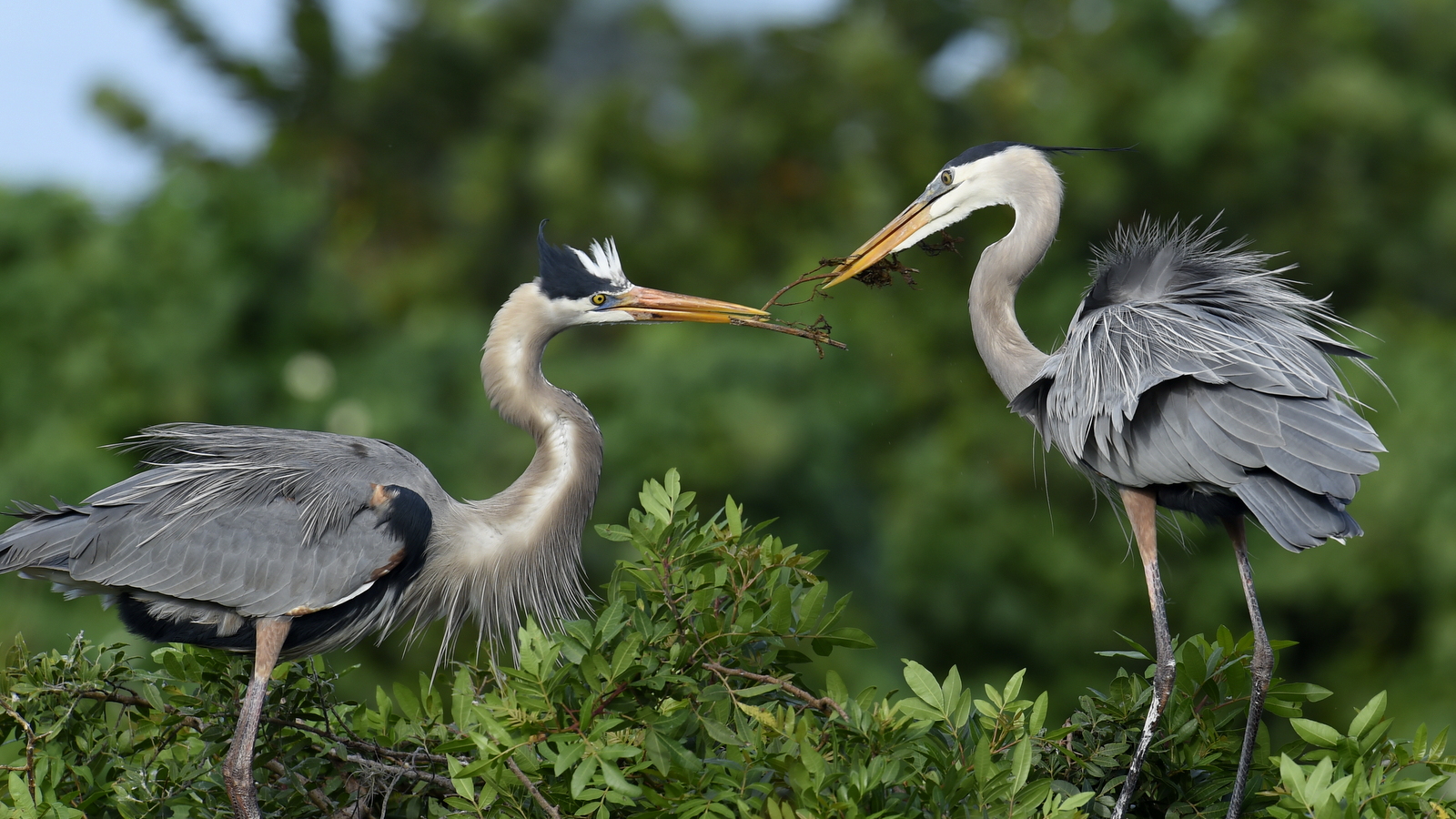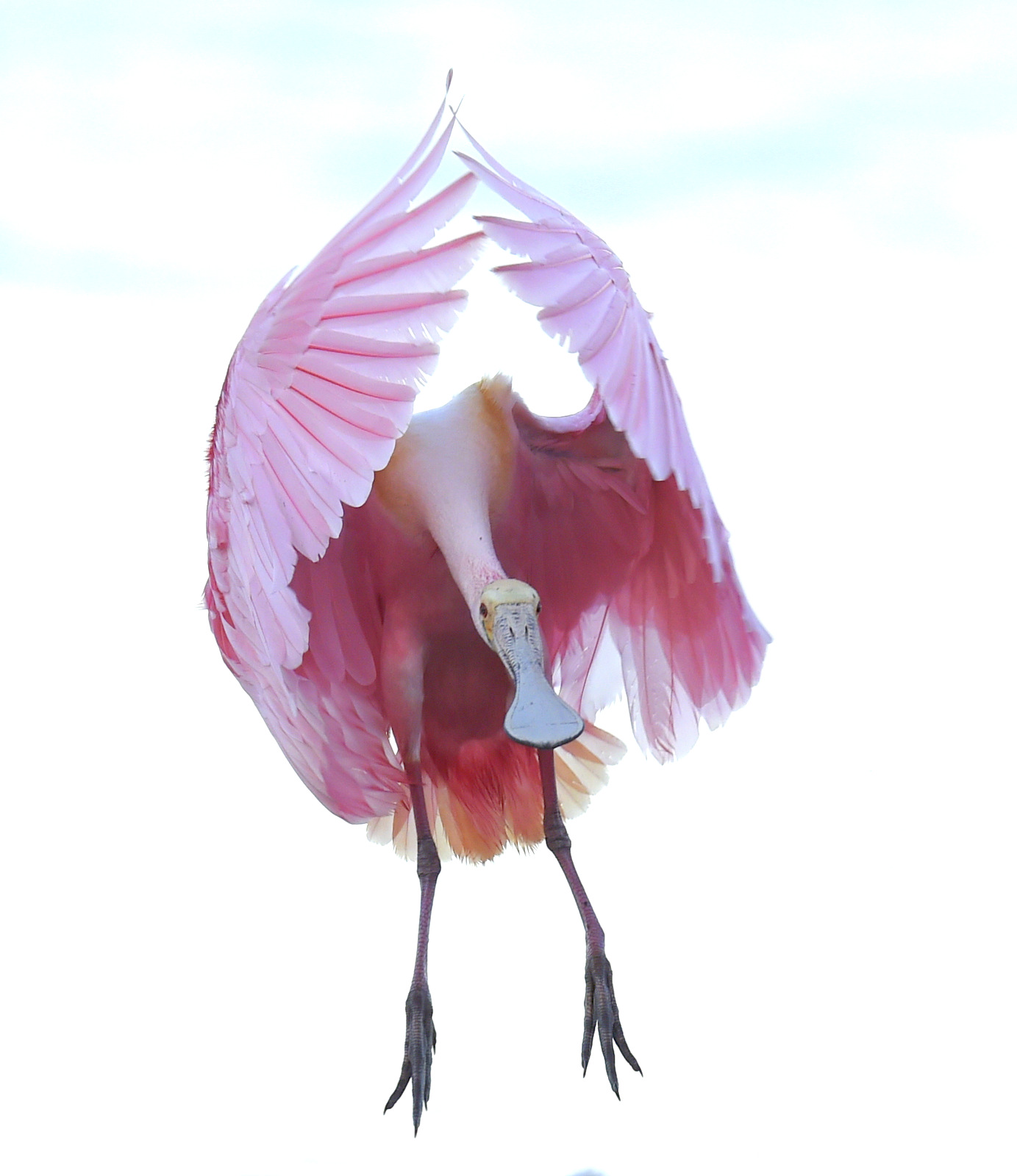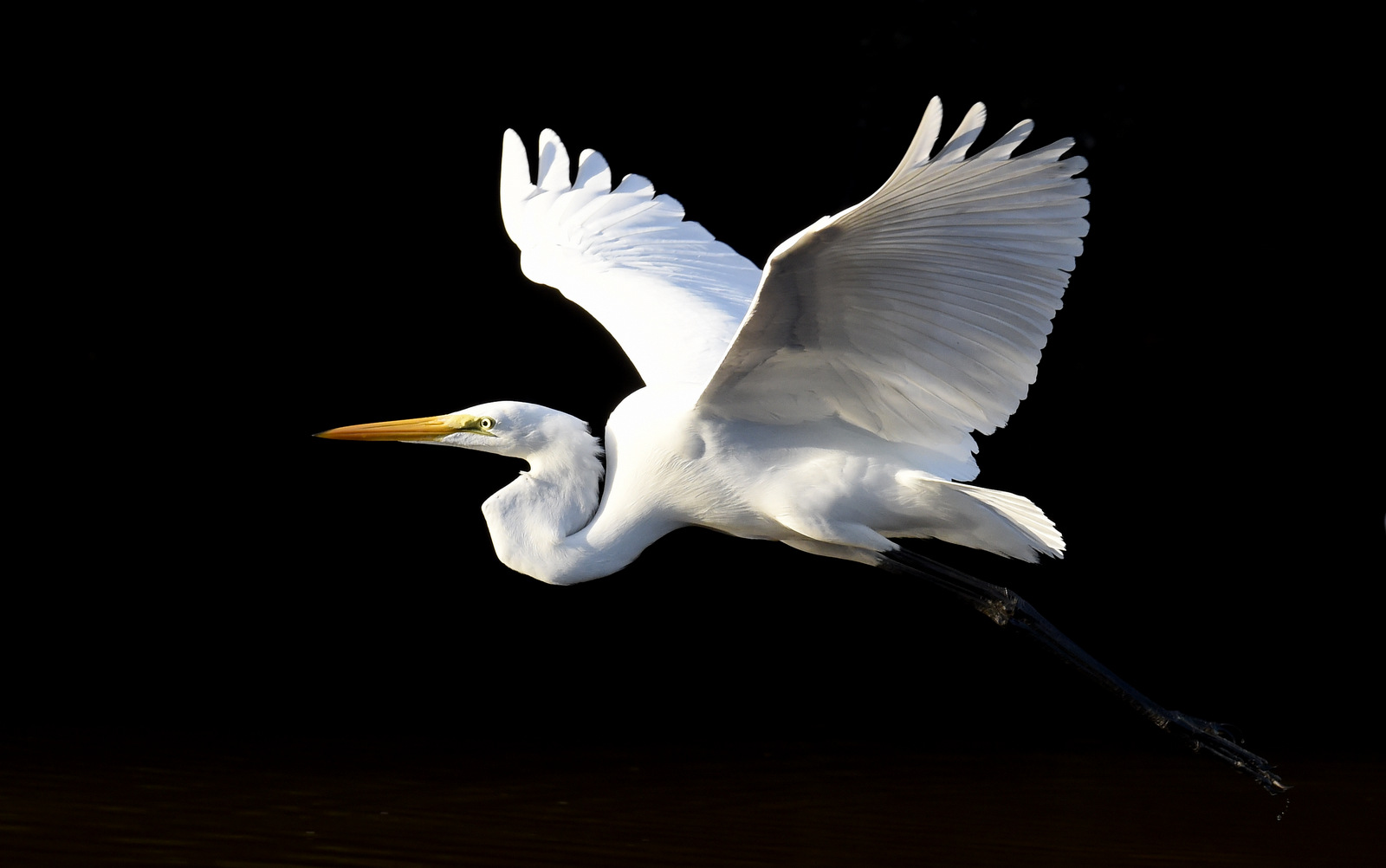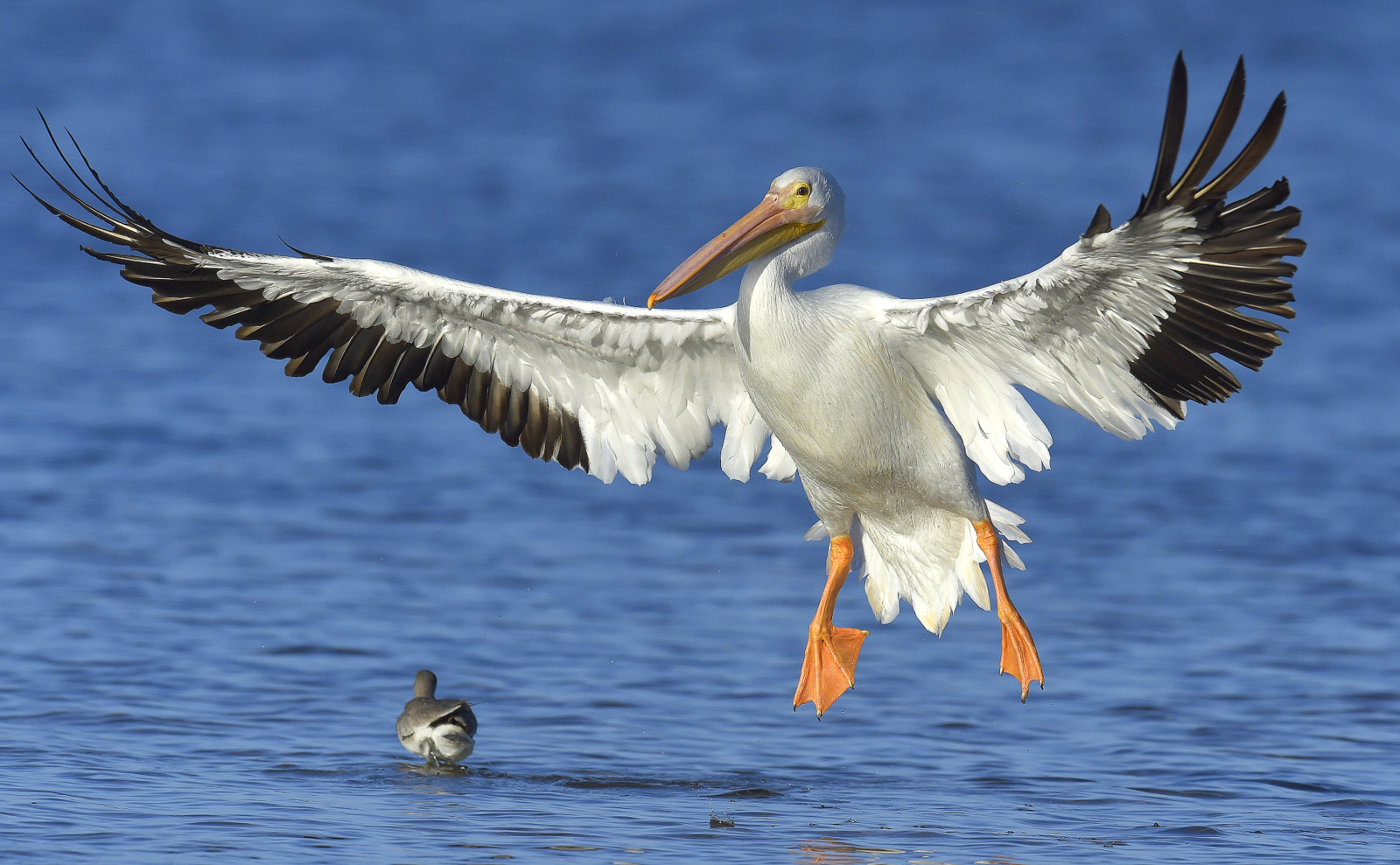31
Shot of the Month – March 2016
Fear not, this month I am not offering investment advice. Nor has my site been taken over by some spammer hoping to get you to invest in the latest “can’t miss” stock or some other illusionary fiduciary sinkhole. The Chickeree Trust Fund is an important investment strategy used by a mother to promote the success of her children — uh, squirrel children, that is.
Yes, a Chickeree is a squirrel, a Red Squirrel to be exact. They also go by Pine Squirrel, North American red squirrel, and boomers. The Chickeree moniker refers to the constant chattering or scolding you will receive from one of these squirrels if you walk into their territory. You can hear (and see) it here. The Red Squirrel can be found widely across North America wherever conifers are common.
They are one of the smallest squirrels in North America and only weigh 200-250 grams. (About as much as a roll of US nickels)
Chickerees primarily feed on the seed cones of hemlock, fir, spruce, and pine trees though they will also eat flowers, berries, bird eggs, tree sap, and sundry other morsels. These squirrels eat a variety of mushrooms – they will clip and gather truffles and hang them among the branches to dry in the sun (La-Dee-Da-Mister-Fancy-Pants squirrel…).
Now for the really interesting part — the trust fund.
Chickerees do not hibernate so they create caches of food known as “middens” to get them through the winter. Middens, found at the base of trees, usually consist of large piles of shredded cones and stems. The squirrels place green cones in the middle of the pile to keep them hidden and fresh. Red squirrels may have several stashes of food but they tend to have one main midden centrally located in their territory. The middens can grow in size over the years as the squirrel will often sit on the top of the pile as it feeds and the inedible parts of the cones will drop onto the pile (here is a picture of a large midden). These piles can be a few feet in height and 10 feet wide or more though most are 2 to 3 feet in width. A midden may contain 2,000 to 4,000 cones or up to 18,000 cones in the main midden. (Source)
In order to survive their first winter, a juvenile American red squirrel must acquire a territory and a midden. Some will go off and compete for a vacant territory. In some cases, the mother squirrel will grant part or all of her territory to an offspring. Sometimes the mother will create extra middens before giving birth and then she will bequeath these middens to her youngins.
Wow, how cool is that?
This behavior is known as “breeding dispersal” or “bequeathal” and is a form of maternal investment in offspring. This behavior seems to only occur in about 15% of litters and depends on the availability of food and the age of the mother squirrel.
There you have it, the amazing Chickeree — the tiny squirrel with the big heart.
Until next month….m
Nikon D4S, Nikkor 600mm, 1.4x TC (effective 850mm), 1/180 s, f/8, ISO 400

